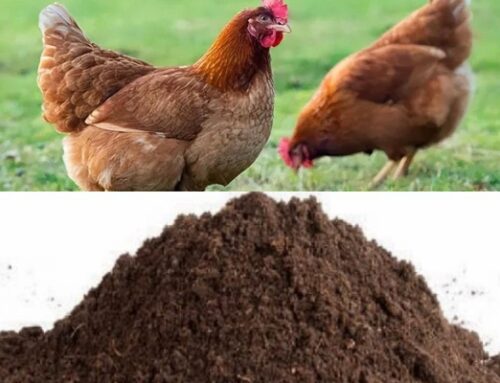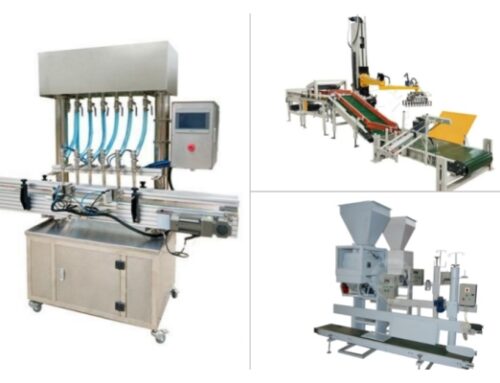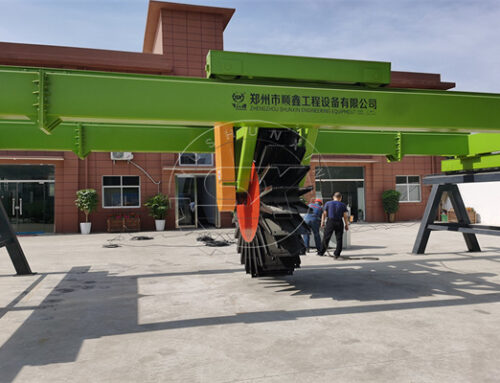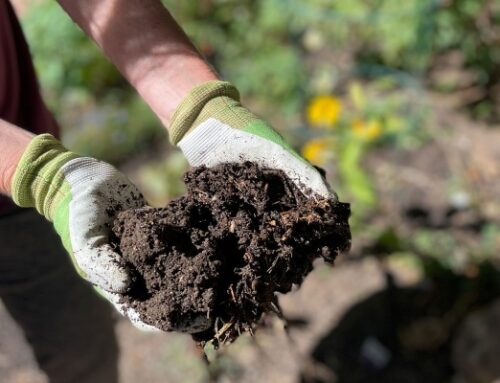How to make the compost? This problem has become a heat issue in the fertilizer business. Whether the small farms or large fertilizer plants, you will get some ideas from this page.
Why to Apply The Composting Process?
Generally speaking, compost has a higher organic matter content but lower fertilizer efficiency, making it as a kind of slow-release fertilizer. Therefore, it is of common use together with other fertilizers or chemical elements to increase nutrients and fertilizer effect to crops. Home composting can only meet the needs of self-sufficient production. If you want more benefits, you need to use industrial composting equipment. Anyway, Shunxin is a leading manufacturer of composting equipment.
What Can You Get by The Composting Equipment?
After the treatment of the composters, you will gain high-quality compost with high levels of humus and organic matter. Thus, it can improve soil structure, enhance the ability to keep the water and fertilizer effect, promote the activity of microorganisms in the soil and the release of nutrients, and resource utilization of organic waste.
7 Tips for Composting Process Management
Surely, creating compost on a certain scale involves a series of steps and skills. Here are some tips as follows.
1. Collecting Raw Materials
Organic Waste: You can gather organic materials such as food waste (e.g. leftover food, peels, cores) from restaurants and households, yard waste (e.g. plant trimmings, leaves, grass, branches), and manure from livestock operations or sewage sludge.
Auxiliary Materials: They include straw, sawdust, or wood chips to create space in the compost piles for air circulation.
2. Preparation and Shredding
Shredding: You should crush large materials or chop into smaller pieces to accelerate the composting process. At this time, you may need organic fertilizer crushing equipment like new type vertical crusher.
Mixing: Properly mixing the organic waste with other materials in specific ratios can maintain the right carbon-to-nitrogen balance. Thus, you can buy our matched horizontal mixers with different types and production capacities.
3. Composting Process
Windrows or Piles: You can arrange the organic materials in long rows (windrows) or in large piles. It’s up to you which composting technique you choose. For one thing, the rail type composters need to construct grooves for aerobic fermentation. For another thing, the windrow type composter require flat floor and open area to place materials.
Aeration: You ought to provide aeration by turning the compost regularly using relative machinery like compost turners. Because proper aeration ensures that the microorganisms have enough oxygen to break down the organic materials.
Monitoring: Besides, you can regularly monitor the temperature, moisture levels, and microbial activity within the compost piles. This data helps in adjusting the composting process for optimal results.
4. Waiting for Maturation
Aging: After active decomposition, the compost goes through a aging phase where it continues to mature and stabilize.
Screening: The rotary drum screen machine can screen and remove any large particles or contaminants, producing a fine, uniform product.
5. Quality Control
Testing: Perform quality tests to ensure the compost meets regulatory standards and is safe for use in agriculture.
Adjustments: If the compost does not meet quality standards, you can make some adjustments by adding specific materials to correct the nutrient balance or adjusting the composting process.
6. Packaging and Distribution
Packaging: Package the mature compost into bags, bulk containers, or other appropriate packaging. Here, you can select the automatic packing scale to improve the work efficiency.
Distribution: Distribute the finished compost to agricultural operations, landscaping companies, or retailers for sale to consumers.
7. Environmental Compliance
Regulations: Ensure that the composting facility complies with local, state, and federal regulations regarding waste management, environmental protection, and product quality.
Creating compost in a fertilizer factory involves managing larger quantities and often requires specialized equipment and expertise. It’s essential to have a well-designed process, quality control measures, and a focus on environmental sustainability. Shunxin will make different plans according to your needs.



















